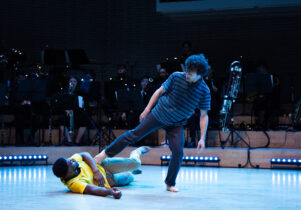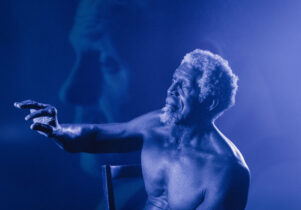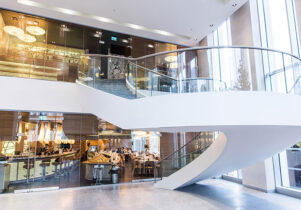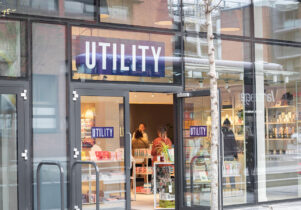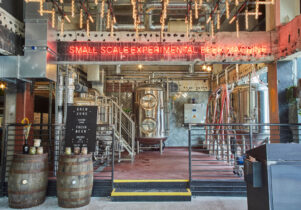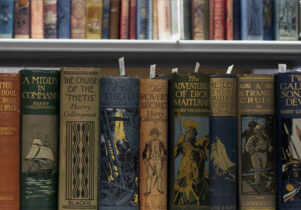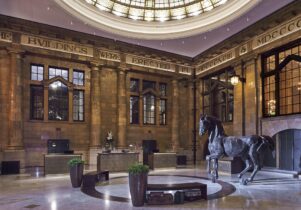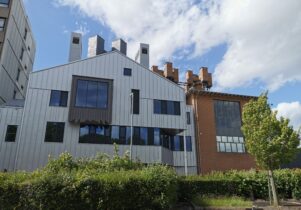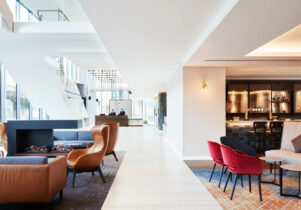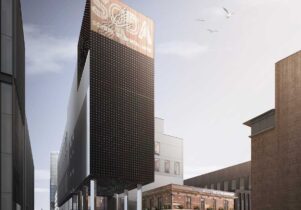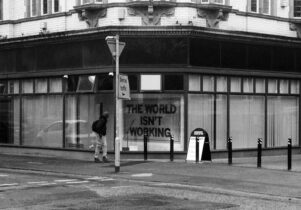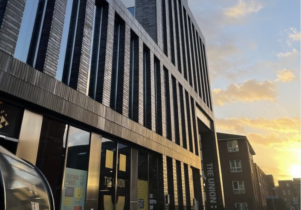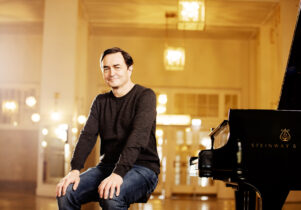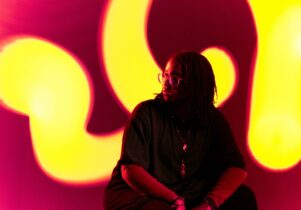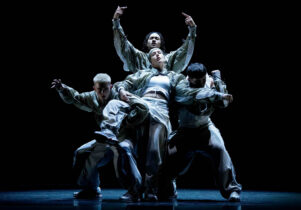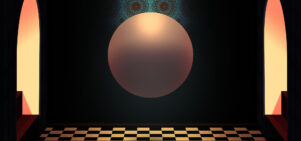MIF25: Germaine Kruip – A Possibility at RNCM
Kristy Stott, Theatre Editor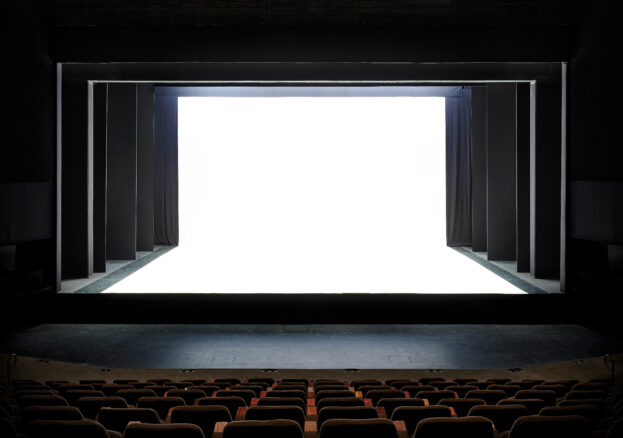
What happens when you merge sculpture with sound, and light becomes your lead performer? This boundary-blurring new work by Dutch artist Germaine Kruip. A Possibility is one of the most arresting offerings at MIF25 – a haunting, meditative journey through abstraction, perception and performance.
Staged at the Royal Northern College of Music, A Possibility unfolds in two distinct parts. The first act distills Kruip’s earlier work A Possibility of an Abstraction (2014), transforming the theatre into a minimalist playground of shadow and reflection. With sculptural spotlights, stark lines and shifting silhouettes, light and architecture take centre stage – inviting the audience to reflect on how we see, and what we miss.
But it’s in the second act that the stage truly comes alive. Percussionists Youjin Lee, Akane Tominaga, Victor Lodeon, and Gil Hyoungkwon perform live using striking brass sculptures, designed by Kruip and crafted in collaboration with Germany’s Thein Brass. These tactile instruments form both the set and the soundscape, brought to life in a hypnotic interplay of rhythm and form, where sculpture becomes sound. The music, composed by Emily Howard and Hahn Rowe, adds further texture – strings blend with percussion to create a seamless dialogue.
Kruip, who began her career as a scenographer, is best known for fusing visual art, architecture and performance into mesmerising and thought-provoking installations. Like most of her work, she offers no neat narrative – but instead hands over the power of interpretation to the audience. Inviting reflection and stillness, the piece becomes a meditation on how we see, interact and connect with the experience, as individuals and collectively.
We love that A Possibility invites the audience to experience – and interpret – what unfolds on their own terms. What you take away depends entirely on how you choose to look. For fans of contemporary art, sound installations and anyone curious about what theatre can be, Kruip’s latest work is a quietly radical must-see.
